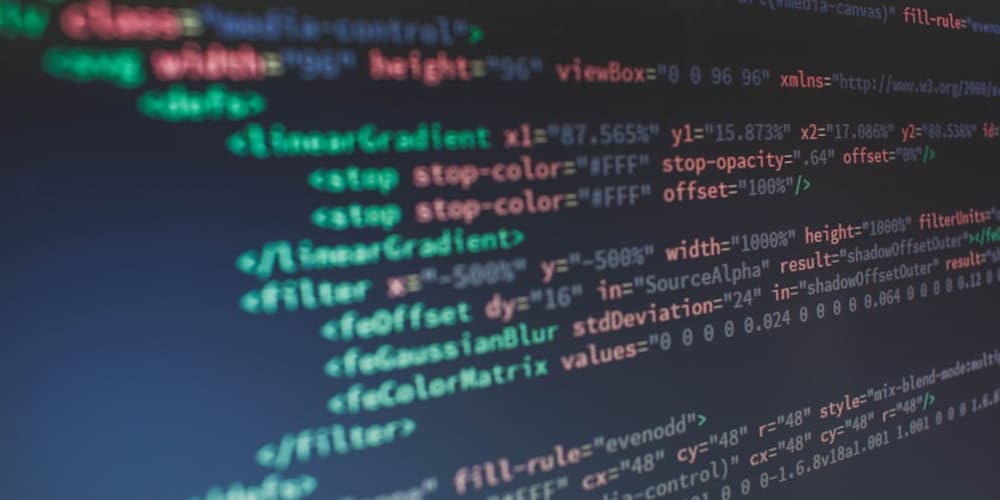<!DOCTYPE html>
Common Problems during Neural Network Training
<br> body {<br> font-family: Arial, sans-serif;<br> }<br> h1, h2, h3 {<br> color: #333;<br> }<br> img {<br> max-width: 100%;<br> height: auto;<br> display: block;<br> margin: 20px auto;<br> }<br> pre {<br> background-color: #eee;<br> padding: 10px;<br> border-radius: 5px;<br> }<br>
Common Problems During Neural Network Training
Neural networks, a powerful type of machine learning algorithm inspired by the structure of the human brain, have revolutionized fields like computer vision, natural language processing, and robotics. However, training these complex models effectively can be challenging, often leading to suboptimal performance or even complete failure. This article explores common problems encountered during neural network training and provides insights into overcoming them.
Introduction
The core principle of training a neural network is to adjust its internal parameters (weights and biases) to minimize the difference between its predictions and the actual target values. This process involves feeding the network with training data, computing the error, and updating the parameters based on the error signal. While conceptually straightforward, practical challenges arise due to the intricate nature of these models and the vast amount of data they require.
Common Problems
- Overfitting
Overfitting occurs when a model learns the training data too well, including the noise and random fluctuations, leading to poor generalization on unseen data. This is analogous to memorizing answers for a test rather than understanding the underlying concepts.
Causes:
- Insufficient training data: The model lacks enough examples to learn general patterns.
- High model complexity: A model with too many parameters can easily memorize the training data, leading to overfitting.
- Low regularization: Regularization techniques, like L1 and L2 regularization, penalize complex models, preventing them from memorizing the training data.
Solutions:
- Increase training data: Acquire more diverse and representative data to improve generalization.
- Reduce model complexity: Simplify the model architecture, such as using fewer layers or neurons.
- Apply regularization techniques: L1 and L2 regularization, dropout, and early stopping are common methods for preventing overfitting.
- Data augmentation: Create artificial variations of existing training data, such as rotating or flipping images, to increase the size and diversity of the dataset.
Underfitting occurs when a model is too simple to capture the underlying patterns in the data. This results in poor performance on both the training and validation sets, indicating a failure to learn the data adequately.
Causes:
- Insufficient model complexity: A simple model with too few parameters might not be able to express the complex relationships within the data.
- Overly restrictive regularization: Excessive regularization can hinder the model's ability to learn the patterns effectively.
- Insufficient training time: The model might not have been trained for long enough to learn the data adequately.
Solutions:
- Increase model complexity: Add more layers, neurons, or feature interactions to increase the model's expressiveness.
- Reduce regularization: Adjust the regularization parameters to allow the model more flexibility.
- Train longer: Extend the training process to allow the model to converge better.
- Feature engineering: Create new features or transform existing ones to provide more informative signals to the model.
During training, gradients are used to update the model parameters. Vanishing gradients occur when gradients become extremely small during backpropagation, causing the model to learn very slowly or even stop learning altogether. Exploding gradients, on the other hand, involve gradients becoming extremely large, leading to instability and divergence in the training process.
Causes:
- Deep network architecture: As the depth of the network increases, gradients can exponentially shrink or grow as they propagate through layers.
- Inappropriate activation functions: Some activation functions, like sigmoid, can saturate at extreme values, leading to vanishing gradients.
- Poor initialization: Initializing weights poorly can cause gradients to either vanish or explode quickly.
Solutions:
- Use gradient clipping: Limit the magnitude of gradients to prevent them from exploding.
- Employ activation functions: Use activation functions like ReLU, which don't suffer from saturation issues, to mitigate vanishing gradients.
- Careful initialization: Initialize weights using methods like Xavier or He initialization to prevent vanishing or exploding gradients.
- Batch normalization: Standardize the activations within each layer to improve gradient flow and prevent vanishing/exploding gradients.
The goal of training is to find the optimal set of parameters that minimize the loss function. However, the loss landscape of neural networks can be highly complex, with multiple local minima—points where the loss function is low but not necessarily the global minimum.
Causes:
Complex loss landscape:
The loss function of neural networks can have many local minima, making it difficult for the optimization algorithm to find the global minimum.
Solutions:
- Use a robust optimizer: Optimization algorithms like Adam, RMSprop, and SGD with momentum are known to be effective in escaping local minima.
- Random restarts: Train the model multiple times with different random initializations to increase the chance of finding the global minimum.
- Learning rate scheduling: Gradually reduce the learning rate during training to help the optimizer escape local minima.
- Ensemble methods: Combine predictions from multiple models trained with different random initializations to improve the final result.
Data imbalance occurs when the different classes in a dataset are not equally represented. For example, a fraud detection system might have far fewer fraudulent transactions than legitimate ones. This imbalance can lead to biased models that favor the majority class.
Causes:
- Unequal class distribution: Some classes might have significantly more examples than others in the training data.
- Sampling bias: The data collection process might inadvertently introduce biases, leading to uneven class representation.
Solutions:
- Oversampling: Duplicate examples from the minority class to increase its representation in the dataset.
- Undersampling: Remove examples from the majority class to balance the class distribution.
- Weighted sampling: Assign higher weights to examples from the minority class during training to emphasize their contribution.
- Cost-sensitive learning: Adjust the loss function to penalize misclassifications of minority class examples more heavily.
Data quality plays a crucial role in the performance of any machine learning model. Poor data quality, such as missing values, incorrect labels, or inconsistent data formats, can significantly hinder training and result in inaccurate predictions.
Causes:
- Data collection errors: Mistakes during data collection can lead to inaccurate or incomplete information.
- Data corruption: Data can be corrupted during storage or transmission, leading to inconsistencies.
- Human error: Data entry errors, labeling mistakes, or inconsistent data formats can affect model performance.
Solutions:
- Data cleaning: Remove duplicate data, handle missing values, and correct inconsistencies before training.
- Data validation: Implement data validation checks to ensure data integrity and consistency throughout the training process.
- Data quality monitoring: Regularly monitor data quality metrics to identify and address any emerging issues.
- Use robust algorithms: Some algorithms are more robust to noisy or incomplete data than others.
Conclusion
Training neural networks is an iterative process that requires careful attention to various aspects, including data quality, model architecture, and optimization techniques. By understanding common problems and implementing appropriate solutions, you can improve the effectiveness and accuracy of your models. Remember, data quality is paramount, and continuous evaluation and refinement are crucial for achieving optimal performance. With consistent effort and a systematic approach, you can overcome these challenges and harness the power of neural networks for your applications.





















